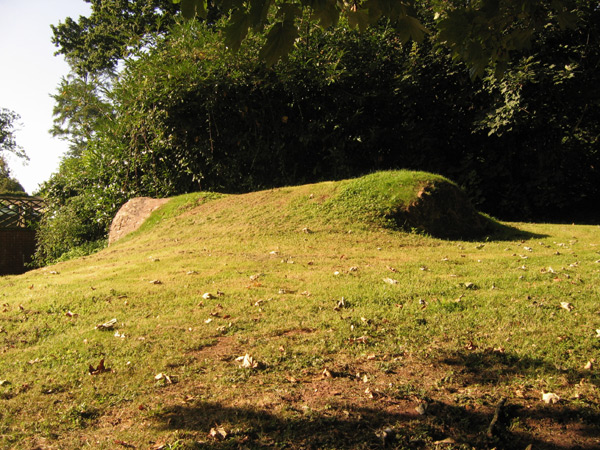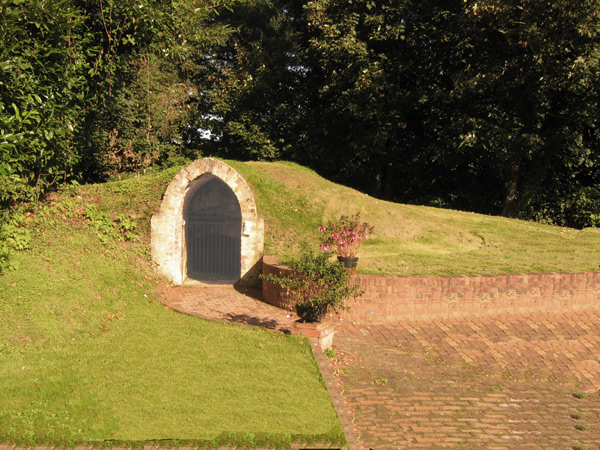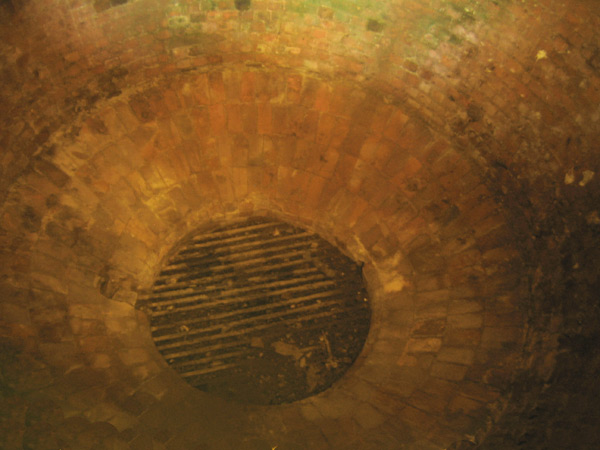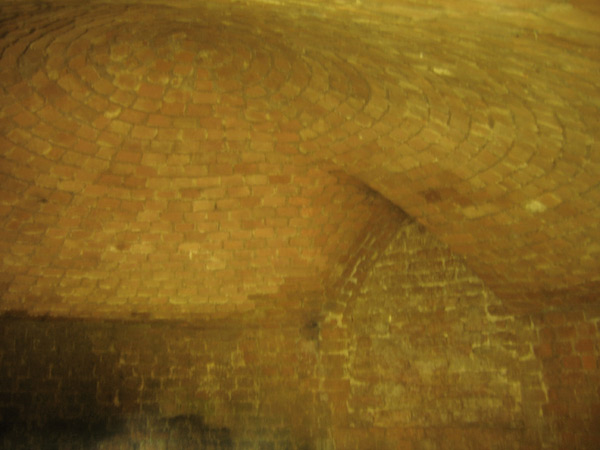The Ice-House, Nynehead Court
{multithumb}Click images to enlarge.
 In the days before refrigeration many estates had an ice-house. Packing ice into a large block slows melting. By further insulating the ice with straw or sawdust, and enclosing it within walls with a roof over, it would remain frozen for many months, often until the following winter. The most common ice-house designs involved underground chambers, usually man-made, which were built close to natural sources of winter ice. The ice-houses would be packed with ice and snow during the winter or, latterly, even as late as the 1950s, stocked with ice imported from Canada or Scandinavia. If being transported any distance, the ice was packed in straw to insulate it during passage as it was when being hauled from ships by wagons. The ice would be used during the summer months to preserve food, or allow ice-cream and sorbet desserts to be prepared, or simply for cooling drinks.
In the days before refrigeration many estates had an ice-house. Packing ice into a large block slows melting. By further insulating the ice with straw or sawdust, and enclosing it within walls with a roof over, it would remain frozen for many months, often until the following winter. The most common ice-house designs involved underground chambers, usually man-made, which were built close to natural sources of winter ice. The ice-houses would be packed with ice and snow during the winter or, latterly, even as late as the 1950s, stocked with ice imported from Canada or Scandinavia. If being transported any distance, the ice was packed in straw to insulate it during passage as it was when being hauled from ships by wagons. The ice would be used during the summer months to preserve food, or allow ice-cream and sorbet desserts to be prepared, or simply for cooling drinks.
 The earliest record of an ice-house is in 1700 BC in north west Iraq. In China, archaeologists have found remains of ice pits from the seventh century BC. In Rome in the third century AD, snow was imported from the mountains, stored in straw-covered pits and sold from snow shops. Ice-houses became very fashionable in Britain where they became a symbol of wealth and prestige. One of the first recorded ice-houses in London was built in Greenwich in 1619. An ice-house features in the eponymous first novel by Minette Walters.
The earliest record of an ice-house is in 1700 BC in north west Iraq. In China, archaeologists have found remains of ice pits from the seventh century BC. In Rome in the third century AD, snow was imported from the mountains, stored in straw-covered pits and sold from snow shops. Ice-houses became very fashionable in Britain where they became a symbol of wealth and prestige. One of the first recorded ice-houses in London was built in Greenwich in 1619. An ice-house features in the eponymous first novel by Minette Walters.
The typical British ice-house was an underground, man-made chamber. The ice-house was normally constructed close to a source of winter ice thus allowing ice to be collected and quickly transported to the ice-house for storage. The Nynehead ice-house is about 500 yards from the nearest point of the River Tone, the likeliest source of ice. There is record of a payment of £1.3s.6d made in February 1814 by William Sanford for three men to collect ice. The following January £1.18s.0d was paid for ice to be hauled from the river to the ice-house by three men and two boys.
 To keep the ice frozen, doors or openings were usually built facing north, i.e. facing away from the sun. That at Nynehead Court is unusual in that the entrance is on the south side, although there are signs that at one time there was a door on the north side. In all other respects the ice-house at Nynehead is typical of those constructed elsewhere in Britain; it is a brick lined, domed structure, with most of its volume underground with a conical or rounded bottom to hold melted ice in which there is a large drain to take away any water from the ice as quickly as possible, which was important to avoid temperatures rising within the ice-house. It is recorded that the idea for ice-houses was brought to Britain by travellers who had seen similar arrangements in Italy, where peasants collected ice from the mountains and used it to keep food fresh inside caves.
To keep the ice frozen, doors or openings were usually built facing north, i.e. facing away from the sun. That at Nynehead Court is unusual in that the entrance is on the south side, although there are signs that at one time there was a door on the north side. In all other respects the ice-house at Nynehead is typical of those constructed elsewhere in Britain; it is a brick lined, domed structure, with most of its volume underground with a conical or rounded bottom to hold melted ice in which there is a large drain to take away any water from the ice as quickly as possible, which was important to avoid temperatures rising within the ice-house. It is recorded that the idea for ice-houses was brought to Britain by travellers who had seen similar arrangements in Italy, where peasants collected ice from the mountains and used it to keep food fresh inside caves.
 The ice-house at Nynehead Court [ST 1365 2275] was built in March 1803. As noted above, it is a brick, egg-shaped structure with an iron drain at the base. The estate accounts show that Thomas Bond, the miller, was paid £18 10s 2d (approx £18-50p) on the 29th March for "grinding and drawing bricks and lime for the ice-house." While the Nynehead ice-house is typical in construction of ice-houses of its time, it is larger than many found locally. The present entrance probably had two or three doors to act as insulation between the warm outside air and the cool inside of the ice-house. There is a record for a payment in 1831 to John Brown for a day's work on the ice-house.
The ice-house at Nynehead Court [ST 1365 2275] was built in March 1803. As noted above, it is a brick, egg-shaped structure with an iron drain at the base. The estate accounts show that Thomas Bond, the miller, was paid £18 10s 2d (approx £18-50p) on the 29th March for "grinding and drawing bricks and lime for the ice-house." While the Nynehead ice-house is typical in construction of ice-houses of its time, it is larger than many found locally. The present entrance probably had two or three doors to act as insulation between the warm outside air and the cool inside of the ice-house. There is a record for a payment in 1831 to John Brown for a day's work on the ice-house.
